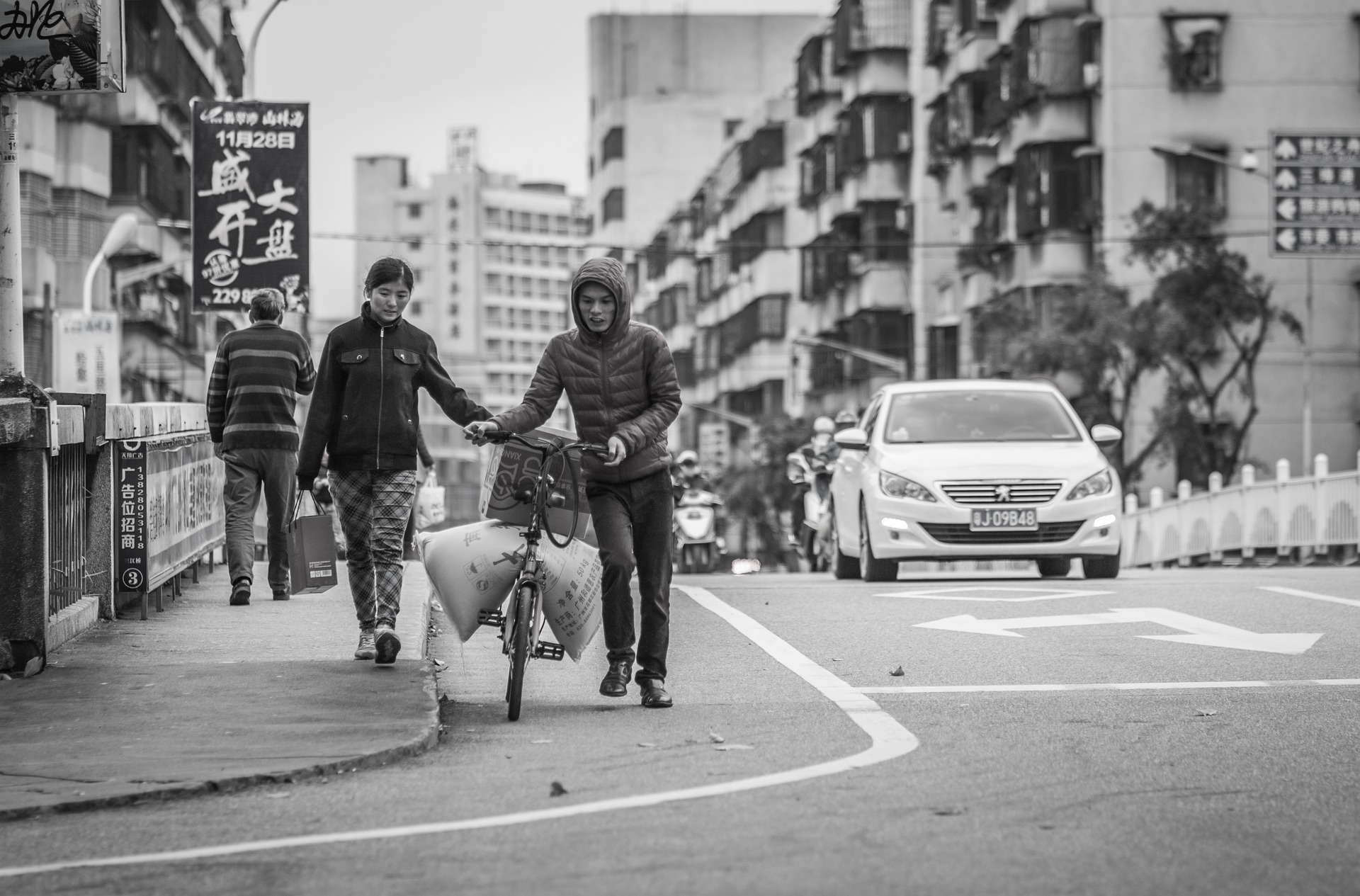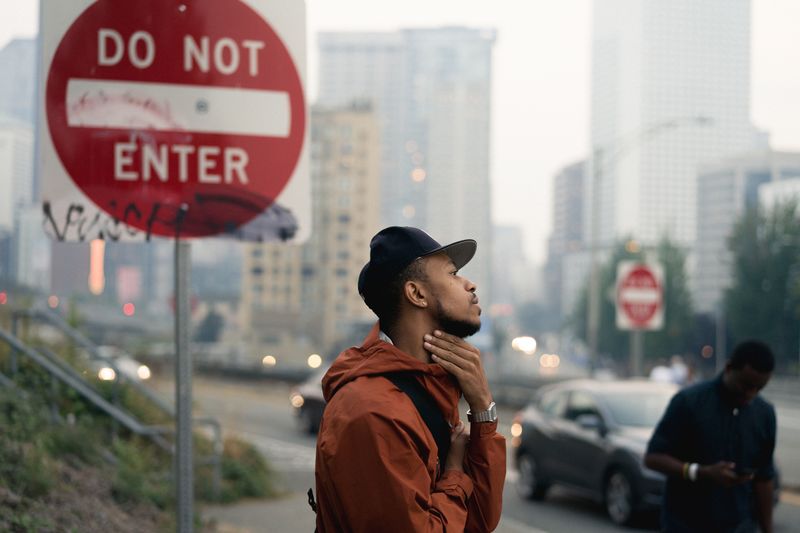Street Photographers - Questions
Street Photographers - Questions
Blog Article
See This Report on Street Photographers
Table of ContentsThe Best Guide To Street PhotographersGetting The Street Photographers To WorkThe Facts About Street Photographers UncoveredThe Greatest Guide To Street PhotographersThe Ultimate Guide To Street Photographers
, a genre of digital photography that records everyday life in a public place. The very publicness of the setting makes it possible for the photographer to take candid images of strangers, frequently without their expertise. Road professional photographers do not necessarily have a social function in mind, yet they favor to separate and capture minutes which may otherwise go undetected.He was affected by many of those that affected the road digital photographers of the 1950s and '60s, he was not chiefly interested in capturing the spirit of the road. The impulse to aesthetically record people in public began with 19th-century painters such as Edgar Degas, douard Manet, and Henri de Toulouse-Lautrec, that worked side by side with photographers attempting to record the essence of metropolitan life.
Unlike Atget, photographer Charles Marville was hired by the city of Paris to develop an encyclopaedic record of Haussmann's city planning task as it unravelled, thus old and new Paris. While the digital photographers' subject was basically the exact same, the outcomes were noticeably various, showing the effect of the digital photographer's bent on the character of the images he generated.
A Biased View of Street Photographers
Offered the great high quality of his photographs and the breadth of product, engineers and artists frequently bought Atget's prints to utilize as recommendation for their own job, though commercial interests were rarely his major motivation. Rather, he was driven to photograph every last residue of the Paris he loved.

Unlike his peers, Brassa used a larger-format Voigtlnder camera with a longer direct exposure time, forcing him to be extra computed and thoughtful in his practice than he could have been if using a Leica. (It is assumed that he may not have had the ability to manage a Leica at that time, yet he did, however, make use of one in the late 1950s to take colour photographs.) Brassa's photos of the Paris abyss lit up by man-made light were a discovery, and the collection of the collection that he released, (1933 ), was a significant success.

Indicators on Street Photographers You Should Know
It is due to this fundamental understanding of the art of photo taking that he is commonly attributed with discovering the medium around once more approximately a century given that its innovation. He took photographs for greater than a half century and affected generations of photographers to trust their eye and intuition in the minute.
These are the concerns I shall try to address: And afterwards I'll leave you with my own meaning of road digital photography. Yes, we do. Let's begin with specifying what an interpretation is: According to it is: "The act of specifying, or of making something precise, distinctive, or clear".
No, certainly not. The her latest blog term is both restricting and misdirecting. Seems like a street digital photography ought to go right here be pictures of a roads best?! And all road photographers, other than for a tiny number of absolute novices, will totally value that a road is not the vital component to street photography, and in fact if it's a picture of a road with perhaps a few uninteresting individuals doing nothing of interest, that's not street photography that's a photo of a road.
The Only Guide to Street Photographers
He makes a legitimate factor do not you believe? Nevertheless, while I agree with him I'm uncertain "candid public photography" will capture on (although I do sort of like the term "candid photography") since "street digital photography" has been around for a lengthy time, with lots of masters' names affixed to it, so I think the term is below to remain.
Inside?! I hear you shout as you shake your hand to the sky. Why not? You can contend the beach, at a festival, in a street, in a park, in a piazza, in a coffee shop, at a gallery or art gallery, in a city station, at an event, on a bridge, under a bridge ...
Yes, I'm afraid we have no selection! Without guidelines we can not have a definition, and without a meaning we do not have a style, and without a category we don't have anything to specify what we do, therefore we are stuck in a "policies definition category" loop! And no-one desires to get embeded a loophole. - Street Photographers

Report this page